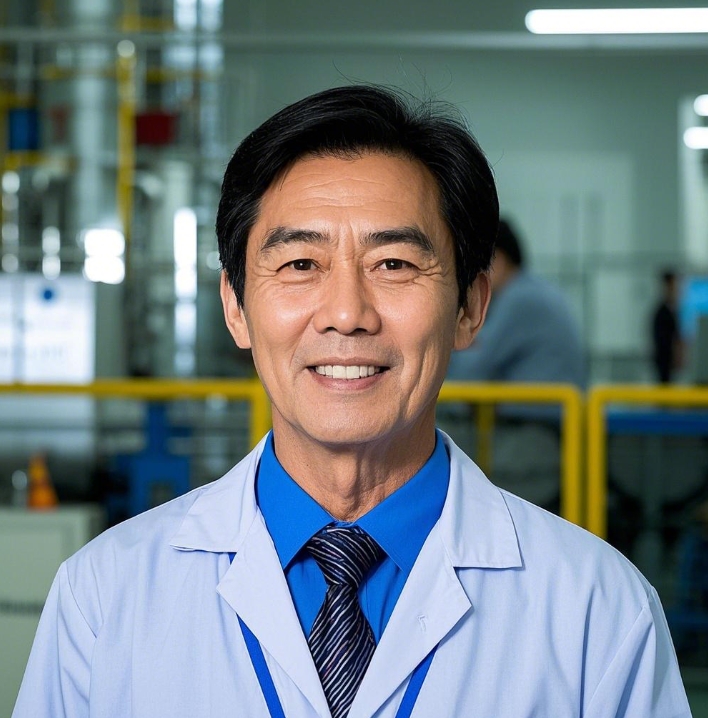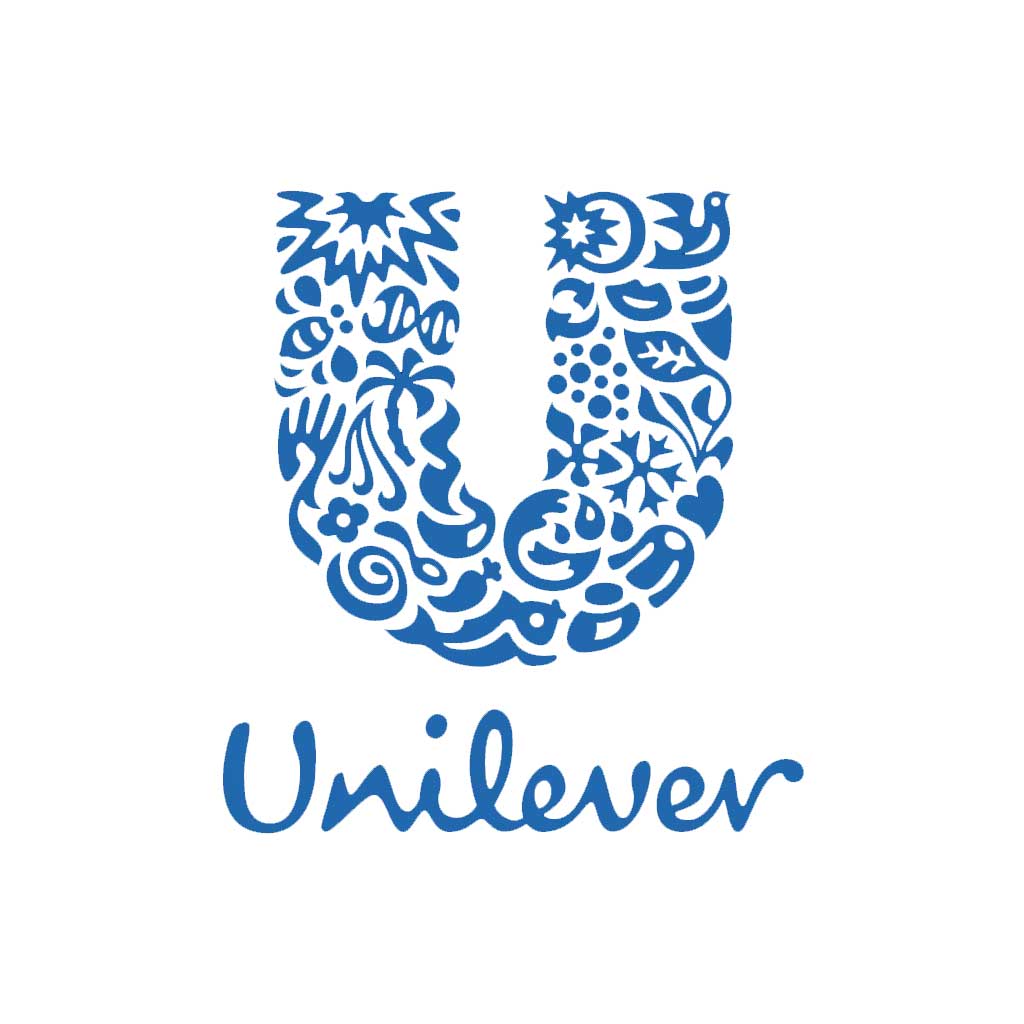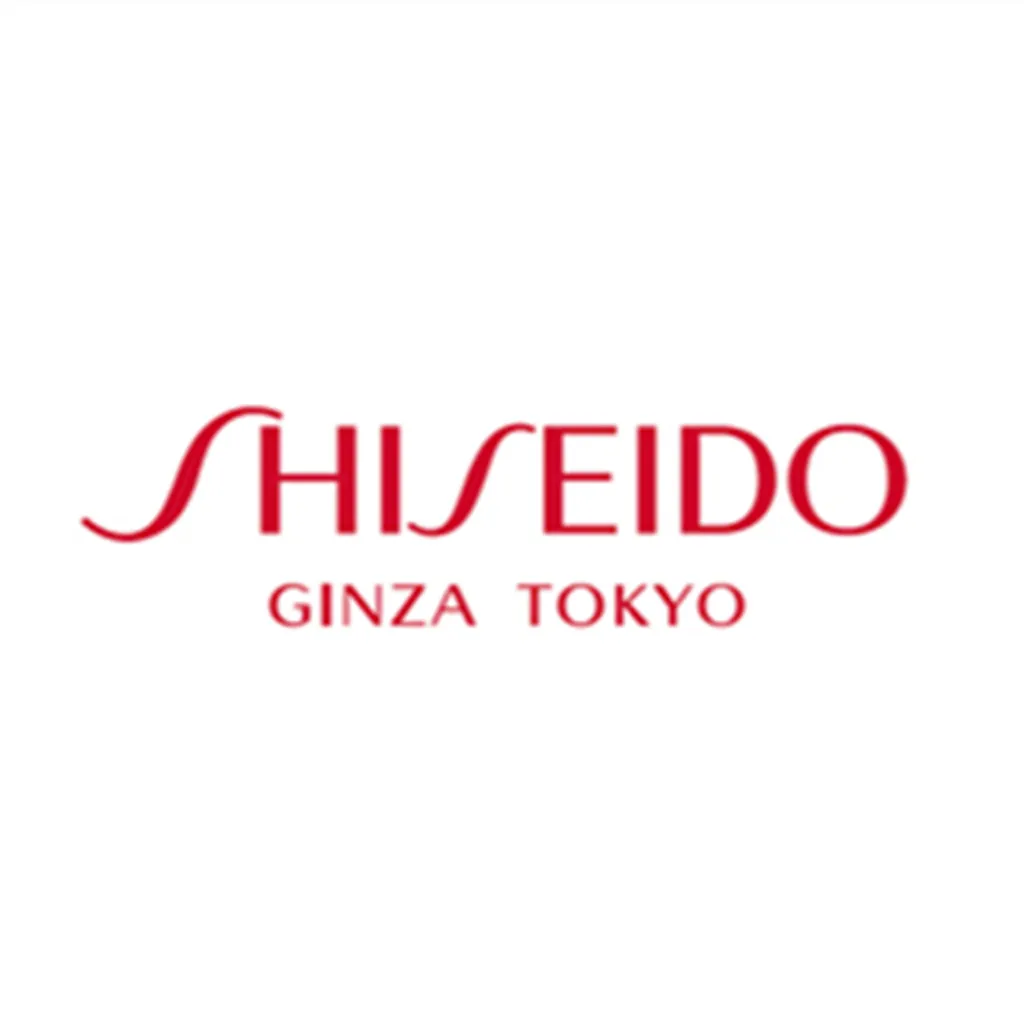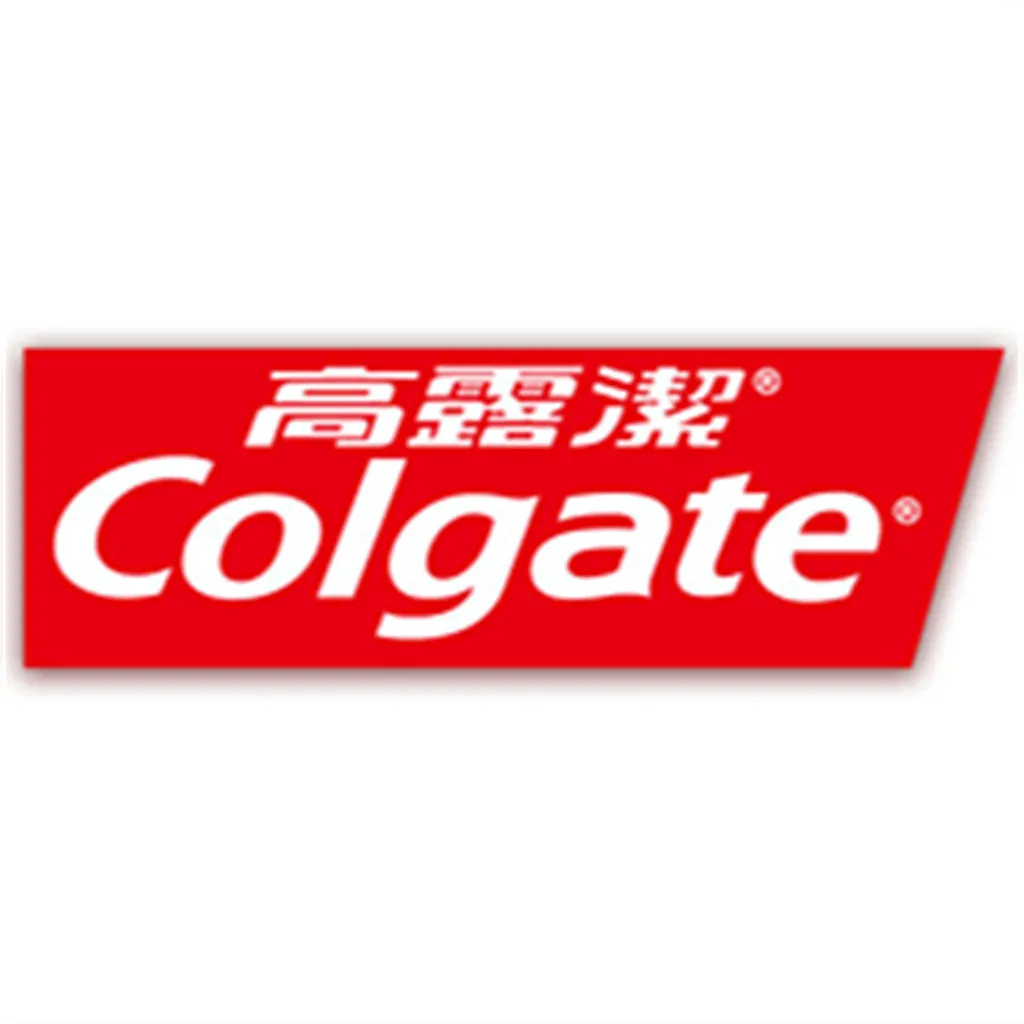
The product, High Quality boc-O-(2-bromo-cbz)-l-tyrosine cas 47689-67-8, is a chemical compound with a specific CAS number 47689 - 67 - 8. The CAS number serves as a unique identifier for this chemical in the scientific and industrial community, ensuring accurate referencing and traceability.
It belongs to the class of tyrosine derivatives. The "boc" group stands for tert - butyloxycarbonyl, which is often used as a protecting group in organic synthesis. The "O-(2 - bromo - cbz)" indicates the presence of a bromine - substituted benzyloxycarbonyl group attached to the oxygen atom of the tyrosine molecule. These protecting groups play crucial roles in controlling the reactivity of the amino and hydroxyl groups during chemical reactions.
In terms of quality, the product is advertised as high - quality, which implies that it has a high level of purity. High purity is essential in many chemical synthesis processes as impurities can interfere with reaction mechanisms, reduce yields, and lead to unwanted side products.
Another important aspect is the price. The product is claimed to be offered at the best price, which is an attractive factor for customers in the competitive chemical market. This allows research institutions, pharmaceutical companies, and chemical manufacturing plants to obtain the necessary raw materials at a cost - effective rate.
High Quality boc - O-(2 - bromo - cbz)-l - tyrosine is widely used in organic synthesis, especially in peptide synthesis. Peptides are short chains of amino acids that play vital roles in biological processes such as cell signaling, immune response, and enzyme regulation. The protected tyrosine derivative can be incorporated into peptide sequences, and the protecting groups can be selectively removed at appropriate stages of the synthesis to ensure the correct formation of the peptide bond.
In the field of pharmaceutical research, it can be used as a building block for the synthesis of potential drug candidates. The specific chemical structure of boc - O-(2 - bromo - cbz)-l - tyrosine can confer unique biological activities to the final drug molecules. For example, the bromine atom may enhance the binding affinity of the drug to its target receptor, while the protecting groups can be used to modify the pharmacokinetic properties of the compound.
It also finds applications in the study of protein - protein interactions. By using this tyrosine derivative, researchers can introduce specific modifications into proteins, which can help in understanding how proteins interact with each other and with other biomolecules.
When handling High Quality boc - O-(2 - bromo - cbz)-l - tyrosine, it is important to follow strict safety protocols. Wear appropriate personal protective equipment, such as gloves, safety glasses, and a lab coat. The compound should be stored in a cool, dry place away from direct sunlight and sources of heat.
In a laboratory setting, before using the product, it is recommended to check its purity through analytical methods such as high - performance liquid chromatography (HPLC) or nuclear magnetic resonance (NMR) spectroscopy. This ensures that the compound meets the required quality standards for the intended application.
During the synthesis process, the protecting groups on the tyrosine derivative need to be removed at the appropriate time. The removal of the boc group can be achieved using an acid, while the removal of the cbz group can be carried out through hydrogenolysis. The reaction conditions, including the choice of reagents, temperature, and reaction time, should be carefully optimized based on the specific synthetic route.
Case Study 1: Peptide Synthesis in a Research Laboratory
A research group was working on the synthesis of a bioactive peptide. They used High Quality boc - O-(2 - bromo - cbz)-l - tyrosine as one of the building blocks. The research team first incorporated the protected tyrosine derivative into the growing peptide chain using standard solid - phase peptide synthesis techniques. After the completion of the peptide chain assembly, they removed the boc and cbz protecting groups step - by - step. The final peptide product was purified using HPLC, and its biological activity was tested. The results showed that the peptide had a high binding affinity to its target receptor, indicating the successful use of the tyrosine derivative in the synthesis.
Case Study 2: Pharmaceutical Development in a Company
A pharmaceutical company was developing a new drug for the treatment of a certain disease. They used boc - O-(2 - bromo - cbz)-l - tyrosine as a key intermediate in the synthesis of the drug candidate. By carefully controlling the reaction conditions and the order of protecting group removal, they were able to synthesize the drug molecule

This is William, CEO of Zhishang Chemical Co., Ltd.
Welcome to visit our factory . As the top chemical manufacturer, we have been striving for product quality, innovation , R&D, and customer service for the past 7 years. In the next 10 years or even longer, we are committed to becoming the most reliable chemical supplier in the world , creating a well-known international brand trusted by customers, with the spirit of “one meter wide, ten thousand meters deep”, we continue to focus on product research and development, continue to focus on customer service, continue to improve the supply chain service system, to create a professional chemical supply service team, to achieve win-win long-term cooperation. Please feel free to contact us if you have any questions.











